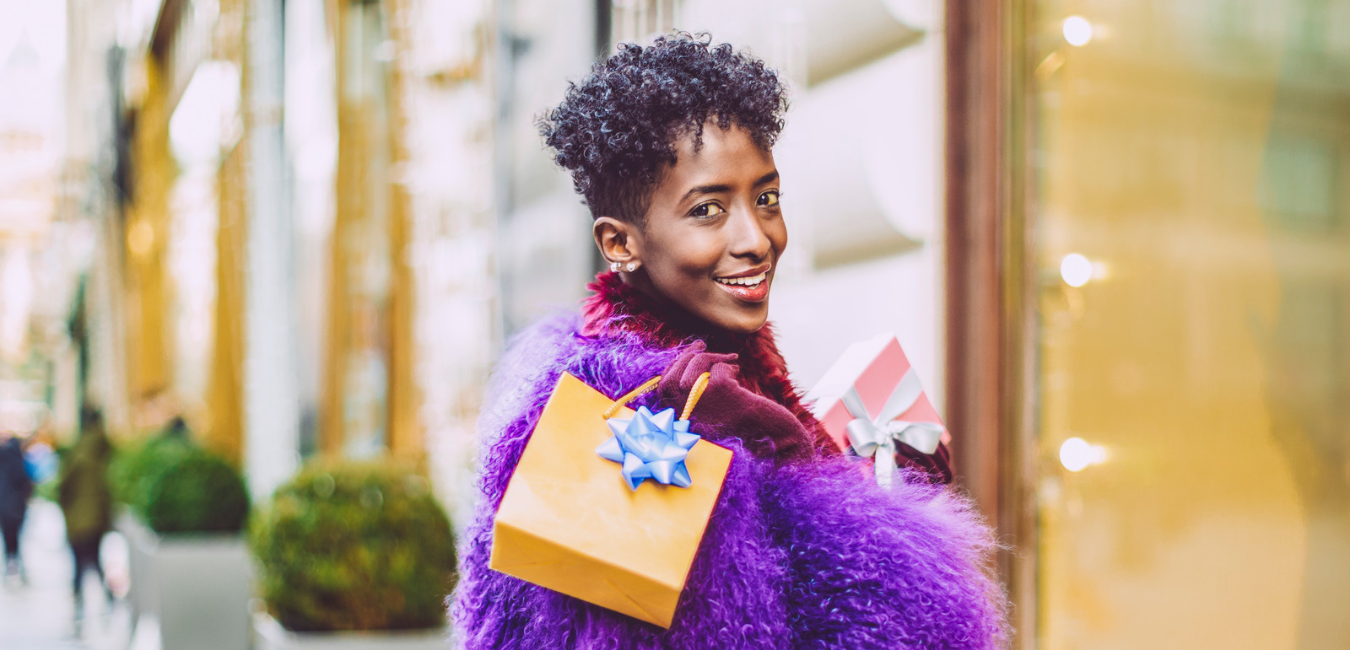Living under a parent’s roof is hardly something to brag about for most young adults. We’ve all seen how the media portrays this arrangement: picture a hopeless loser lounging on an old couch in the basement with a slice of take-out pizza in one hand and a remote control in the other. But in reality, that image is far from the truth. For some folks, living at home is actually quite glamorous.
In 2020, over 50% of 18-29-year-olds moved back in with their parents, and many never left. Of course, some of these young adults are still itching to get out, saving every penny to survive the ever-growing costs of living. But others are perfectly content right where they are, as rent-free living affords them a lifestyle they couldn’t achieve independently.
These squatters are thriving, and luxury retailers are beginning to take note. Read on to learn more about this new market and how to shape your marketing efforts.
Why are Young People Living with Their Parents?
22-year-olds fresh out of college and entering the workforce are fed the idea that anyone with a good education can get their foot in the door, start working, and make enough money to support themselves. But recent studies show that getting a job is much more challenging now than it used to be. And young adults embarking on their careers typically aren’t earning enough money to live comfortably.
One company determined the necessary living wage in each state this past year using data from the Bureau of Labor Statistics. Business Insider then compared those numbers to each state’s median household income. They revealed that most Americans don’t earn enough money to support a comfortable quality of life. For example, the necessary living wage in New York is $95,724, but the median household income falls short at $72,108.
Between job scarcity and low wages, young adults are already getting a rough start. But it’s no surprise they’re looking for ways to save when that’s stacked with inflation, soaring rent prices, and college debt.
Fuel for the Luxury Market Fire
By living with parents, people in their twenties are forgoing rent, healthcare, and other expenses, like groceries. Compared to young adults who live on their own, these folks are accumulating much more disposable income. So where is all that extra money going? Many young adults are turning toward the luxury market.
Global luxury goods sales grew around 22% from $305 billion in 2021 to $366 billion this year. By 2035, Gen Z shoppers are expected to account for 40% of the global luxury goods market, according to the trade journal Business of Fashion.
This new market has jumped right into the palms of luxury retailers. Here’s what some successful businesses are doing to seal the deal with young customers:
- TikTok influencers. Stacy and Clinton on TLC’s What Not To Wear were the ultimate fashion gurus for older Millennials and Gen X. But the days of pulling fashion inspiration from television have passed. Today, young people look toward social media as their guide. Research shows that TikTok is the number 1 source of fashion inspiration for nearly half of Gen Z shoppers. Influencers on the app set the trends by modeling their apparel, jewelry, and accessories for followers. When brands collaborate with popular influencers, their products may be seen by millions of young people looking for guidance.
Big luxury retailers like Louis Vuitton and Prada are working with some of the top-grossing influencers who lead many Gen Zs to follow in their footsteps. Take Louis Vuitton’s collaboration with brand ambassador Emma Chamberlain, for instance. LVMH has managed to rank among the world’s most valuable brands for over 20 years. Despite fashion trends changing dramatically over the past two decades, Louis Vuitton’s classic monogram print has seemingly always stayed in style. How could that be? They are masters at pivoting and targeting new audiences. In 2019, once executives saw that young people got their fashion inspo for influencers on social media, they grabbed Emma Chamberlain, one of the most recognizable names on Youtube. Since then, the company has achieved double-digit organic revenue growth each year.
- A new marketing angle. For most people, luxury items require justification. The splurge may mark a milestone or be given as a gift. Young people, however, view the luxury market differently. For many people under 25, luxury retail falls under the umbrella of self-care, the act of attending to physical or mental health. The idea of self-care for Gen Z extends beyond meditation, therapy, and exercise, encompassing an entire market of goods and services. For instance, a hefty price tag for a facial or massage doesn’t require justification because it qualifies as self-care. Likewise, many young people characterize luxury goods as self-care if they improve the mental health or well-being of the consumer.
This shift is essential for marketers targeting new audiences. For Gen Z, luxury goods are not necessarily conspicuous consumption, like older generations believe; rather, these items are methods of pampering to prioritize one’s well-being. Retailers able to leverage this idea in their marketing strategy will more effectively attract young consumers with disposable income.
Young adults living at home currently live in a small corner of the luxury market. But as the younger generations accumulate more wealth as they age, they’ll one day become a substantial demographic in this space. For help adapting your retail strategy, contact Sophelle’s practice leaders today.






